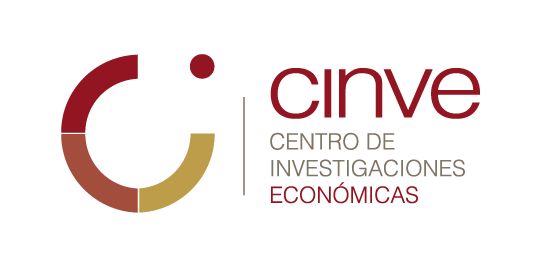The estimation of the product gap constitutes a tool of wide application by macroeconomic analysts and by policy makers to achieve and monitor macroeconomic policies. There is a wide range of methodologies that are used for this purpose, both univariate and multivariate. This paper proposes to estimate the product gap for the Uruguayan economy for the period 1986-2006 through three alternative methodologies, compare the results and discuss the limitations and advantages of the various estimation options. Likewise, the capacity of the product gap to explain and predict price dynamics is evaluated. Within the estimates based on statistical methods, a univariate estimate was applied that follows the methodology proposed by Hodrick and Prescott (1980) and the structural models approach, using the methodology proposed by Harvey (1989) using the Kalman Filter. Likewise, the potential product is estimated through a procedure based on economic theory such as the production function. These procedures, although they differ in their informative content (the last two are clearly superior to the Hodrick-Prescott filter), produce relatively similar results for the period under study. Finally, this work evaluates the capacity of the estimated gaps through the three methodologies, to explain and predict price dynamics. In this way, the relationship between the product gap with the inflation rate, the underlying inflation rate and the non-tradable goods inflation rate is evaluated, to later study the dynamic long and short term relationship between the variables through VECM (Vector Error Correction Model) methodology.
Más vistos
Economic complexity of goods and services in Uruguay
Complejidad económica uruguaya en bienes y servicios
The objective of this work was to explore the recent history and diagnosis of the complexity of Uruguay's...
The Impact of a Mathematics Computer‐Assisted Learning Platform on Students’ Mathematics Test Scores
Marcelo Perera
Diego Aboal
Abstract
Since 2013, the Uruguayan educational system has been using an online adaptive learning tool for
mathematics: The Mathematics Adaptive Platform (PAM for its...
Knowledge networks for innovation in the forestry sector: Multinational companies in Uruguay
Diego Aboal, FLavia Rovira y Federico Veneri.
Abstract
In this paper, we analyse the role that inter-agency and inter-business linkages have in the process of technological...
Discovering specific common trends in a large set of disaggregates: statistical procedures, their properties and an empirical application
Author:
Guillermo Carlomagno: Central Bank of Chile and Center of Economic Research (CINVE)
Antoni Espasa: Department of Statistics and Instituto Flores de Lemus, University Carlos III...
A guide for the evaluation of programs of human capital training for science, technology and innovation
Author:
Diego Aboal, Marcelo Perera, Ezequiel Tacsir & Maren Vairo
Abstract:
We provide a practical guide for impact evaluation of Training and Human Capital programs in Science...
Noticias relacionadas
Articles
Economic complexity of goods and services in Uruguay
Complejidad económica uruguaya en bienes y servicios
The objective of this work was to explore the recent history and diagnosis of the complexity of Uruguay's...
Articles
The Impact of a Mathematics Computer‐Assisted Learning Platform on Students’ Mathematics Test Scores
Marcelo Perera
Diego Aboal
Abstract
Since 2013, the Uruguayan educational system has been using an online adaptive learning tool for
mathematics: The Mathematics Adaptive Platform (PAM for its...
Articles
Discovering specific common trends in a large set of disaggregates: statistical procedures, their properties and an empirical application
Author:
Guillermo Carlomagno: Central Bank of Chile and Center of Economic Research (CINVE)
Antoni Espasa: Department of Statistics and Instituto Flores de Lemus, University Carlos III...
Articles
A guide for the evaluation of programs of human capital training for science, technology and innovation
Author:
Diego Aboal, Marcelo Perera, Ezequiel Tacsir & Maren Vairo
Abstract:
We provide a practical guide for impact evaluation of Training and Human Capital programs in Science...
Articles
Diego Aboal and Gonzalo Zunino published the article entitled Innovation and Skills in Latin America in the Integration and Trade Magazine 42 (Robotlución) of...
Diego Aboal and Gonzalo Zunino published the article entitled Innovation and Skills in Latin America in the Integration and Trade Magazine 42
(Robotlución) of IDB...
Articles
Publication in the journal Research Evaluation by Diego Aboal and Ezequiel Tacsir
The paper The Impact of Subsidies on Researcher's Productivity: Evidence from a Developing Country by Diego Aboal and Ezequiel Tacsir has been
accepted for publication...
